Rosemary, with its characteristic sweet, piney aroma, is a low-maintenance plant that any home gardener may successfully cultivate.
With its potential to reach a height and width of four feet, a single rosemary plant may supply you with a plethora of sprigs all through the growing season.
And here are some of our favorite uses, in the pantry, kitchen, and around the home:
Rosemary Olive Oil
If you have a lot of fresh rosemary on hand, you may put some of it to good use by infusing olive oil with it. Use it as a bread dip, a drizzle over grilled meats and vegetables, a component in salad dressings, or to add depth of flavor to sautés in a frying pan.
You’ll need:
- 1 cup extra virgin olive oil
- ¼ cup of fresh rosemary leaves
Before removing the leaves off the rosemary’s woody stem, wash the sprigs in water and let them dry fully. To help release the scent and oils, softly crush the rosemary leaves with the back of a spoon.
Spread the rosemary leaves out in a skillet and douse them with olive oil while the pan is heating up on the burner. For 5-10 minutes, on low heat, warm the oil, being careful not to let it simmer.
Turn off the stove but leave the saucepan on the burner. Let the oil steep with the herbs for at least an hour. The more time you give the rosemary to infuse, the stronger the flavor will be.
Put the strained oil into a sterilized bottle. Store in a cold, dry cupboard for 2-3 months, or in the fridge for 6 months, with the lid tightly sealed.

Rosemary Sea Salt
Adding some rosemary to salt is a simple way to spice it up.
You’ll need:
- 3 cups of sea salt
- 1 cup of fresh rosemary
Stir the sea salt and the rosemary leaves together in a jar. Put the cover on tight and let it marinade for two weeks.
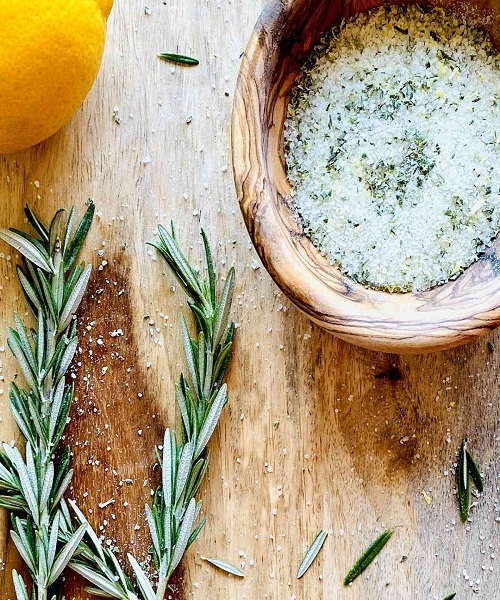
Rosemary Butter
Spread this flavored butter on crackers, bread, and even mashed potatoes for a delicious treat!
You’ll need:
- 4 tablespoons of butter (room temperature)
- 1 tbsp of chopped fresh rosemary
- a single minced garlic clove
- 1 pinch of black pepper
Soften butter in a mixing bowl. Mix in with rosemary, garlic, and pepper. Roll into a log and carefully wrap in parchment or wax paper. Keep in the fridge until cold and solid. Cut and serve.
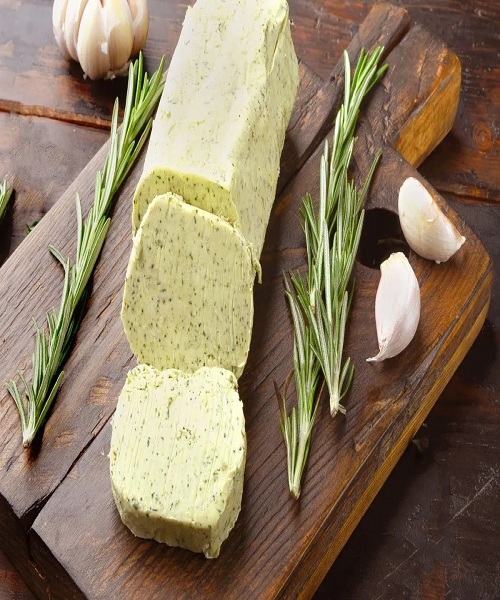
Rosemary Sandwich Spread
Spreading this on a turkey sandwich or a BLT will take it to the next level.
You’ll need:
- 1 cup of Greek yogurt
- 3 fresh rosemary sprigs, stems removed, chopped finely.
In a sealed container, combine the Greek yogurt and rosemary and whisk to combine. Place in the refrigerator, covered. Marinate for three days before using on sandwiches.

Apricot Rosemary Jam
Jam-making fruits including peaches, strawberries, blackberries, and rhubarb all complement rosemary well. This apricot version, on the other hand, has a pleasant balance of salty and sweet and works as well as a meat marinade or a spread over toast.
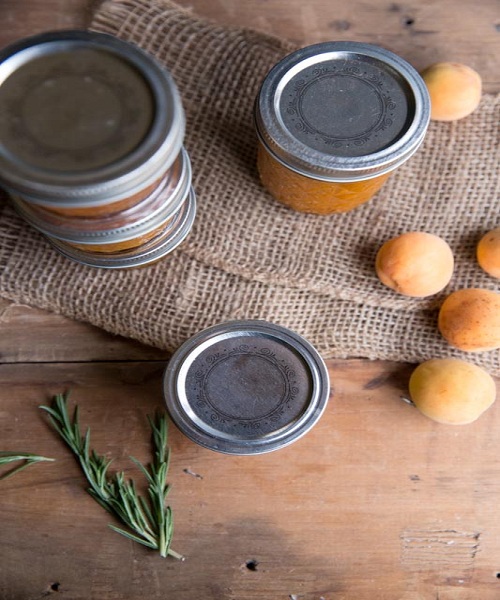
Rosemary Skewers
The rosemary stems should not be thrown away. Use the rosemary stems the next time you prepare kebabs, and your meats and vegetables will have a wonderful herbal flavor while they grill.

Sriracha and Rosemary Chicken
Boneless chicken breasts are marinated for a few hours in Greek yogurt, sriracha hot sauce, chopped rosemary, and minced garlic before being baked (and then broiled) to crisp perfection. Yum!

Garlic Rosemary Steak
Make ahead of time some rosemary olive oil for this delectable steak recipe, which is fried in a large skillet with garlic oil and coarse sea salt.

Salmon with Roasted Rosemary
A brilliant strategy for imparting the sweet, piney flavor of rosemary to any type of fish fillet. After being seasoned with salt and pepper, the fish is cooked and set on top of fresh rosemary sprigs in a baking dish. Add lemon slices and chopped rosemary on top, then bake for 10 minutes.

Rosemary Root Vegetables
Chopped turnip, parsnip, sweet potato, rutabaga, and Brussels sprouts are roasted in the oven for 20 minutes after being coated with olive oil, rosemary, and garlic.
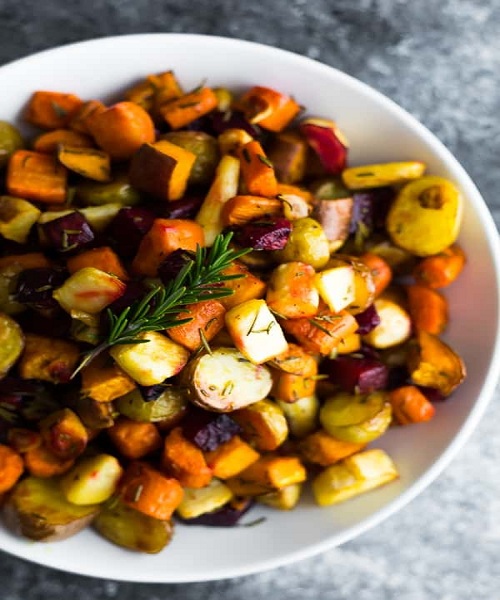
Hasselback Potatoes with Rosemary and Garlic
Hasselback potatoes are entire potatoes that have been sliced thinly and baked until they are crisp on the outside and creamy on the inside. The hasselback can be prepared in a variety of ways; this one calls for olive oil, garlic, and rosemary to be stuffed between the slits.
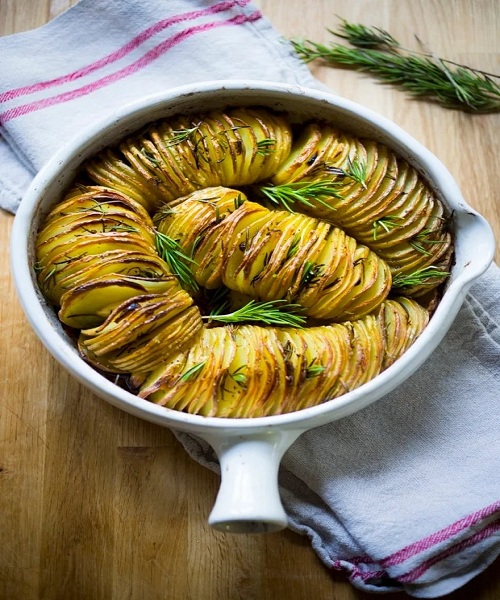
Rosemary Garlic Focaccia
This chewy focaccia bread with garlic, thyme, and rosemary is delicious for sandwiches, soups, and even on its own.

Rosemary Drinks
Add some rosemary and grapefruit to your gin and tonic for an extra special touch. Adding some rosemary sprigs to your water bottle will give it a nice flavor and make you more likely to drink it.

Mosquito Repellent
Tossing some rosemary springs on the hot coals of your grill can be an effective technique to deter insects. But if you want something that will last longer, try making some bug deterring mason jar lanterns for your next barbecue.

Uplifting Potpourri
This dried potpourri has a beautiful citrusy, herbal, woodsy, and floral aroma thanks to the mix of rose petals with orange, lemon, lavender, and rosemary.
Rosemary Wreath
The fragrant aroma of rosemary is a great way to greet guests. Making a wreath couldn’t be simpler; all you need is a wreath frame, some floral wire, and a ton of rosemary.

Rosemary Dryer Sachets
Instead of using dryer sheets that are only good for one load and are full of harmful chemicals, you may use rosemary and other herbs to give your clean laundry a fresh, natural aroma.
You’ll need:
- Muslin sachets (like these)
- 1 cup of dried rosemary
Stuff satchels with rosemary and other aromatic herbs including mint, chamomile, lavender, and lemongrass. Don’t risk having the drawstrings come undone during the drying process; secure them tightly.
You may get multiple uses out of these sachets before they lose their scent, and all you have to do to revive them is give them a little squeeze before tossing them in the dryer.
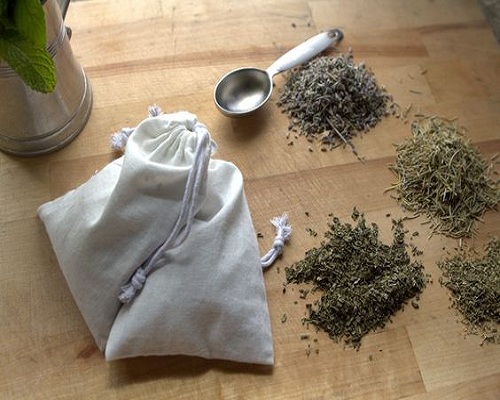
Orange Rosemary Salt Scrub
You can use this all-natural exfoliant on your skin with no side effects. In a food processor, pulse together salt, orange zest, rosemary leaves, and olive oil. Use it to rejuvenate your hands, feet, and other areas.

Rosemary Facial Toner
In just five minutes, you can whip up this foolproof beauty remedy that will help minimize your pores and purge your skin. All you have to do is prepare a rosemary water reduction on the stovetop and add little apple cider vinegar.
Rosemary Hair Tonic
Get your hair and scalp clean and smelling great at the same time.
You’ll need:
- 5 cups of water
- 3 to 4 fresh rosemary sprigs
On the stove, bring water to a rolling boil. Turn off the heat and set aside. Cover the pot after adding the rosemary sprigs and set the timer for at least 20 minutes.
Sift out the rosemary and pour the cooled water into a bottle or other storage vessel. Use it as a final rinse in the shower, or spray it on wet or dry hair and rub it in as a leave-in conditioner.
Put the bottle in the fridge and use it within a week.
Rosemary Christmas Tree

The coniferous characteristics of rosemary make it perfect for use as a fragrant tabletop Christmas tree. But it will need some preparation to make sure your plant makes it through the winter holidays.
One or more rosemary plants should be grown in 10 inch containers over the spring and summer to give the root system plenty of time to get established. Trim rosemary into a triangular tree shape once every four to six weeks. Since the tree’s strong growth typically slows down in the winter, it should be pruned up until just before the first frost of the year.
In its native Mediterranean climate, rosemary experiences full sun, milder daytime temperatures (about 60°F), and nights slightly above freezing. To achieve the same results, rosemary should be grown in a sunny, cool location outside except during periods of anticipated frost, when it should be brought inside. When the thermometer rises above freezing, you can take it back outside.

